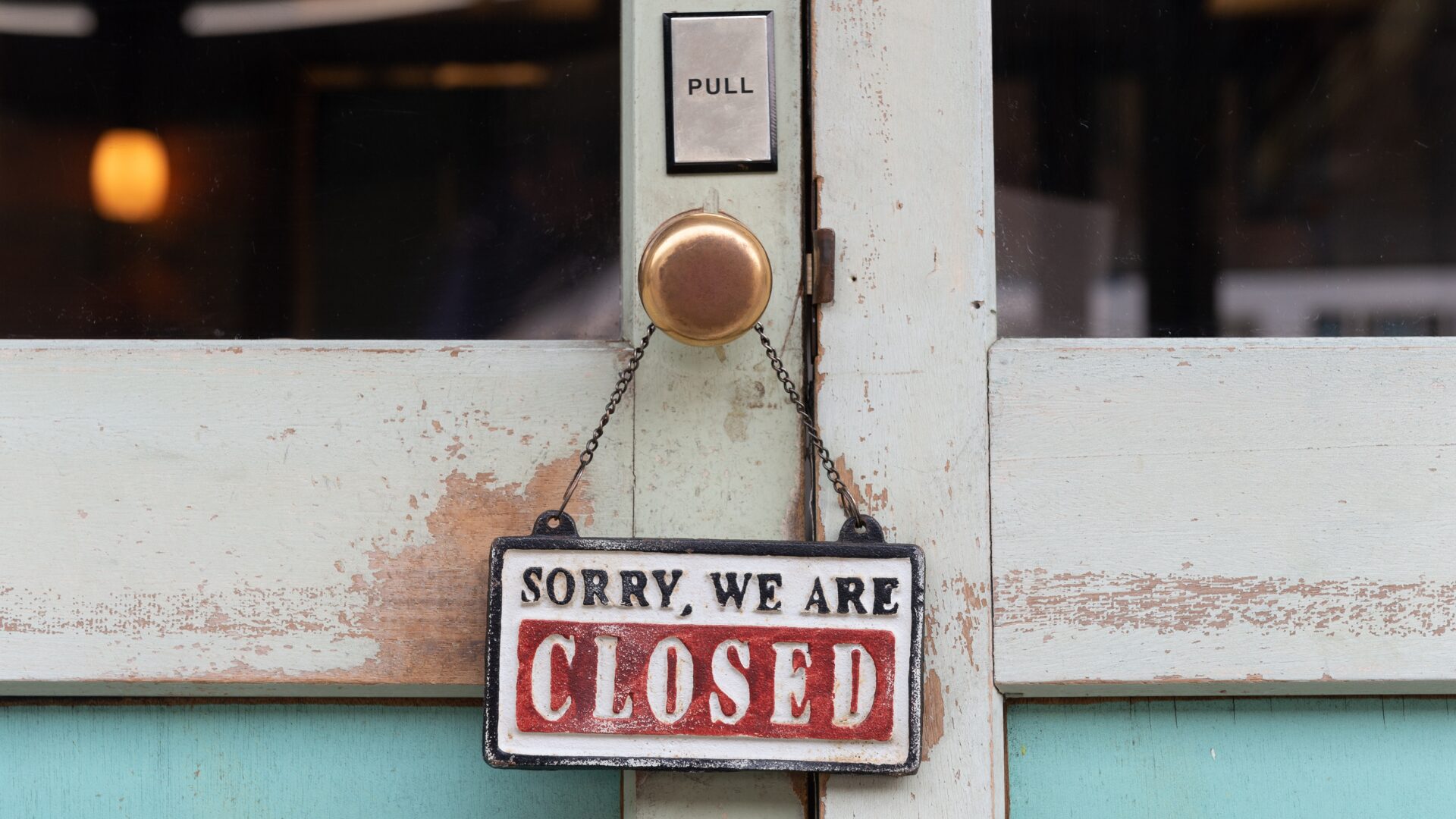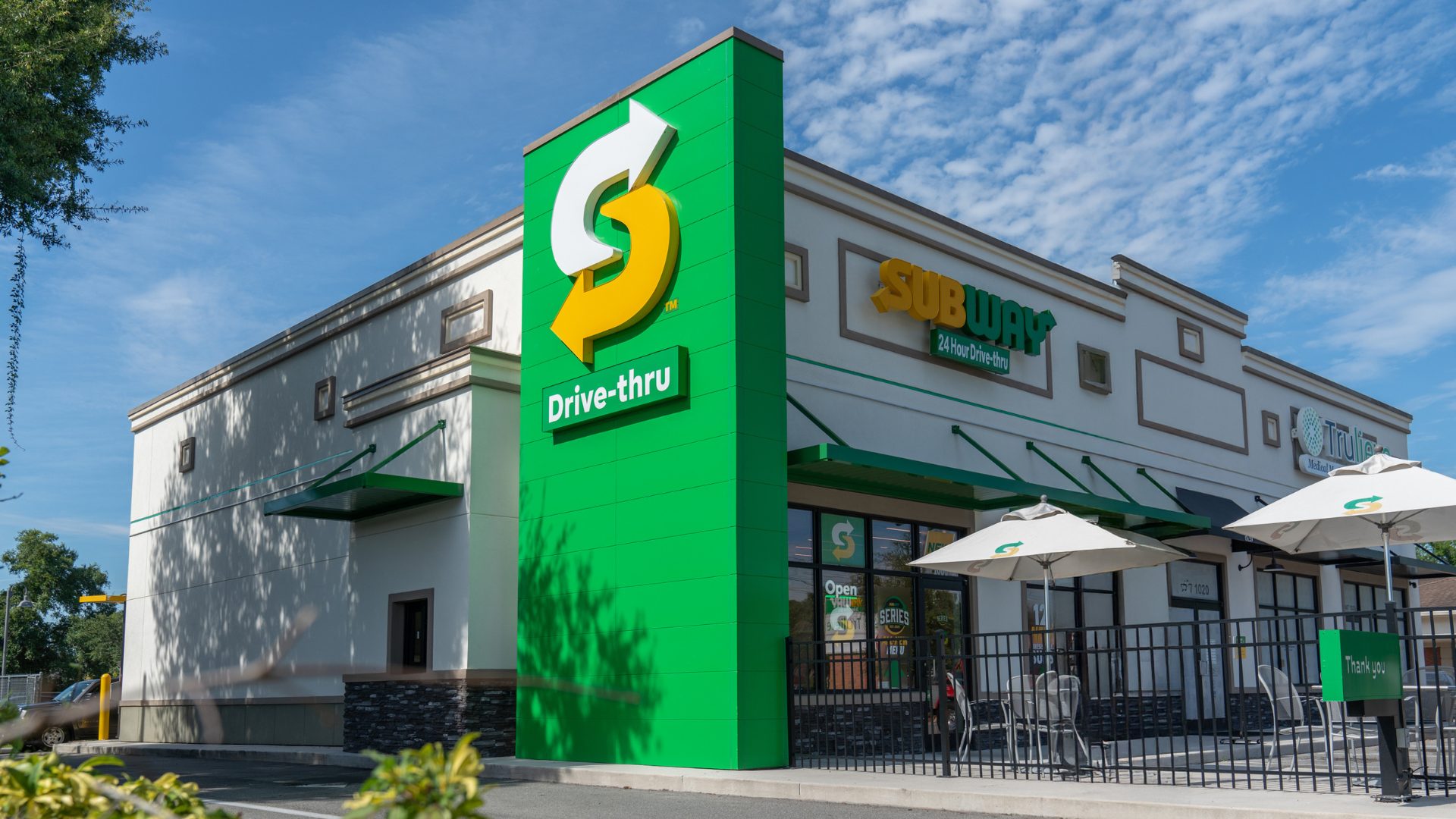The pandemic may be over officially, but the restaurant industry is still suffering from some of its symptoms, including supply chain issues and labor shortages – and that’s before taking inflation into consideration.
This year’s list of recent bankruptcies is long: Red Lobster, Hawkers Asian Street Food, Tijuana Flats, Roti, Rubio’s Coastal Grill – and the year’s not over.
“You have locations that just aren’t viable. You have the COVID hangover, labor costs. There’s multiple problems,” Jeff Crivello, president of Trew Capital Management, which bought Rubio’s out of bankruptcy in August, told The Wall Street Journal.
Inflation has taken a toll on consumer pocketbooks, forcing many to pull back on dining out.
“There’s going to be pain for a while,” said Morgan McClure, managing director for Fortress Investment Group, which has a stake in Red Lobster.
But chains are only part of the story. Small, independent restaurants are especially vulnerable to economic conditions.
“Without the buying power, vendor partnerships, and economies of scale that larger franchise systems enjoy – such as contract pricing, data-driven menu price adjustments, stronger talent attraction due to brand recognition, and property ownership shielding them from rising rents – they struggle to navigate these challenges,” Amanda Kahalehoe COO of Vicious Biscuit, told The Food Institute.
“Many smaller establishments are at risk of closure, while larger chains, though experiencing fluctuations in customer traffic, are better equipped to weather economic shifts.”
Alignable’s Revenue & Rent Report found 43% of independent restaurants had rent delinquencies in September, an improvement from the 45% who were in arrears in August and the 52% who were behind in April.
Some 3,700 new eateries have opened every month so far this year even though traffic is down 3.3% overall and 4.5% in the fast-casual sector from last year, Black Box Intelligence reported.
About 60% of new restaurants fail in their first year. The figure moves to 80% within five years, industry statistics show. Competition, labor costs, food prices increases and overall economic conditions often are cited as reasons, along with the chunk eaten by services such as DoorDash and UberEats.
Nevertheless, 2024 sales expect to top $1 trillion for the first time, with total employment reaching 15.7 million, even as operations rely more on technology than ever before.
Kevin Hart of Upside told FI that to thrive, “Consistency and quality always win.”
“Restaurants should take a cue from Chili’s: Focus on what you do best,” he added. “Like a great recipe, stick to your core ingredients, refine your approach, and avoid overcomplicating things.”
Consistency and quality always win in the restaurant industry, leaders told FI.
“Trying to be everything to everyone only dilutes your brand and confuses customers,” Hart added. “Stay true to what makes you unique.”
The Food Institute Podcast
Restaurant results for the second quarter weren’t stellar, but people still need to eat. Are they turning to their refrigerators, or are restaurants still on the menu for consumers? Circana Senior Vice President David Portalatin joined The Food Institute Podcast to discuss the makeup of the current restaurant customer amid a rising trend of home-centricity.











